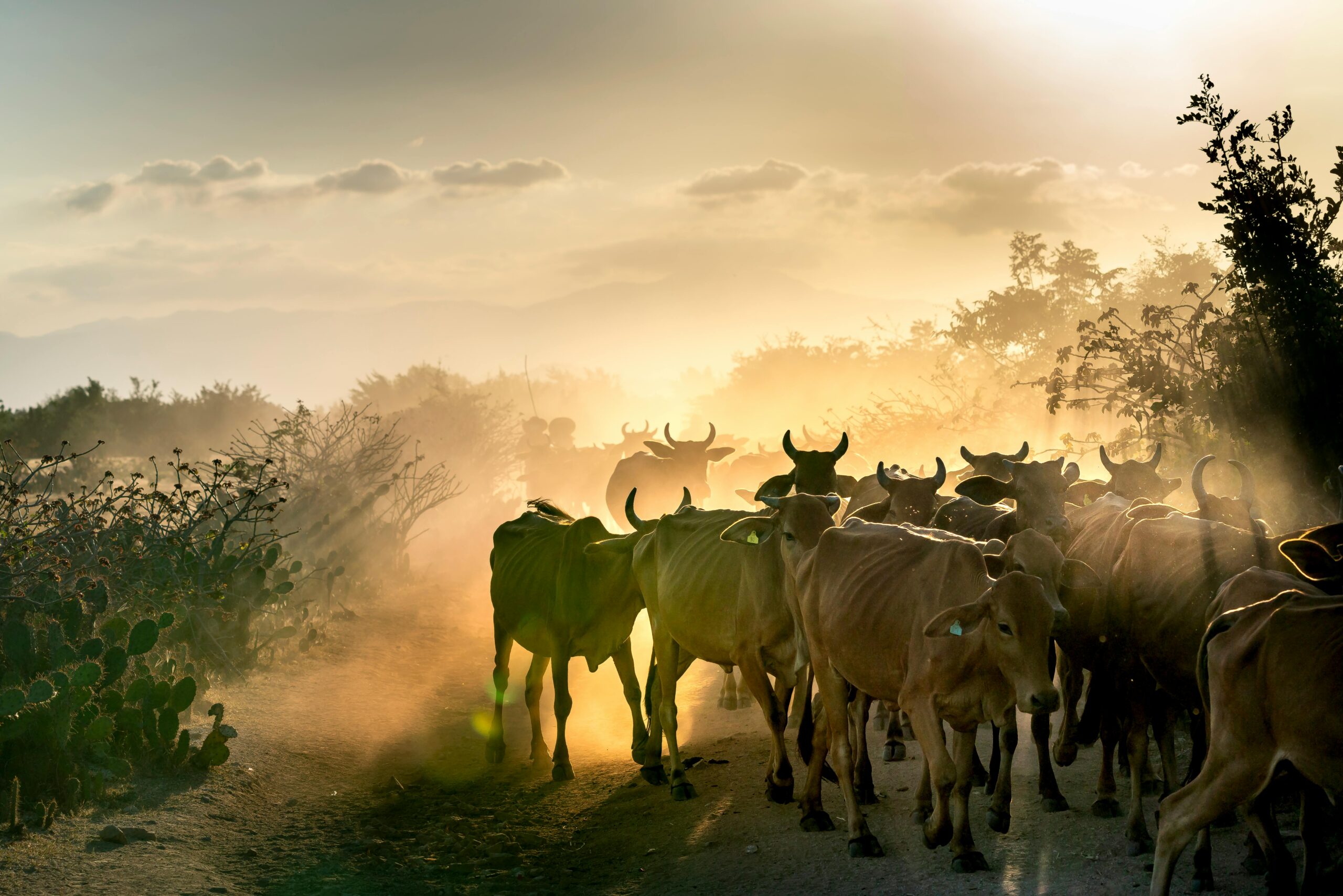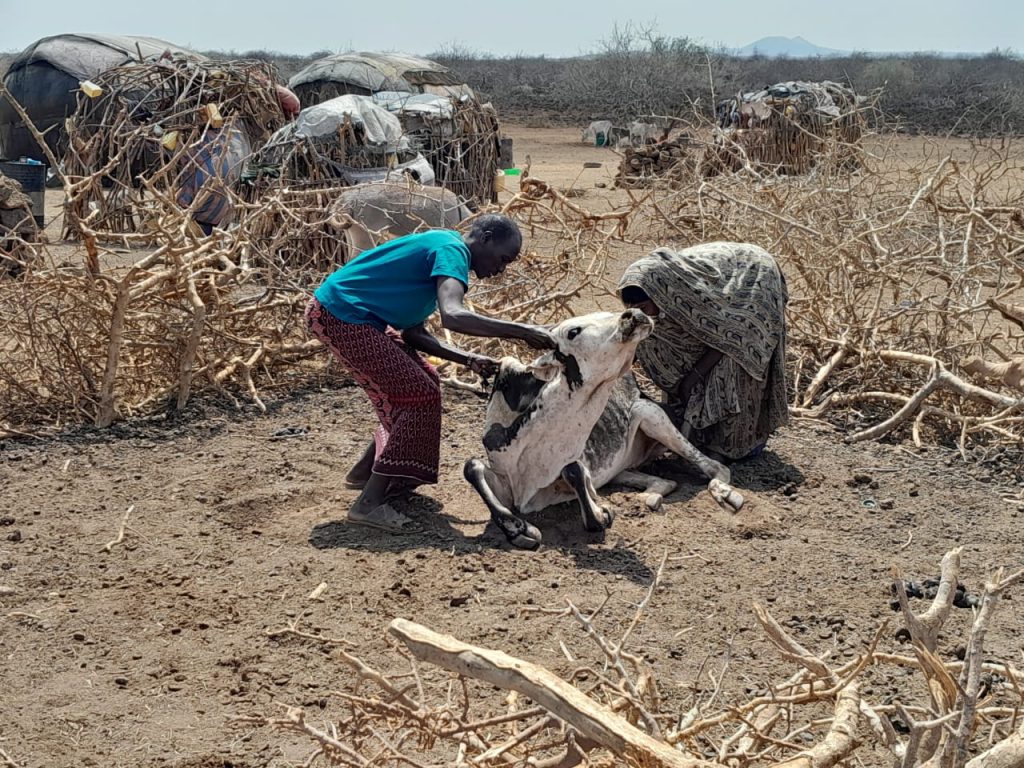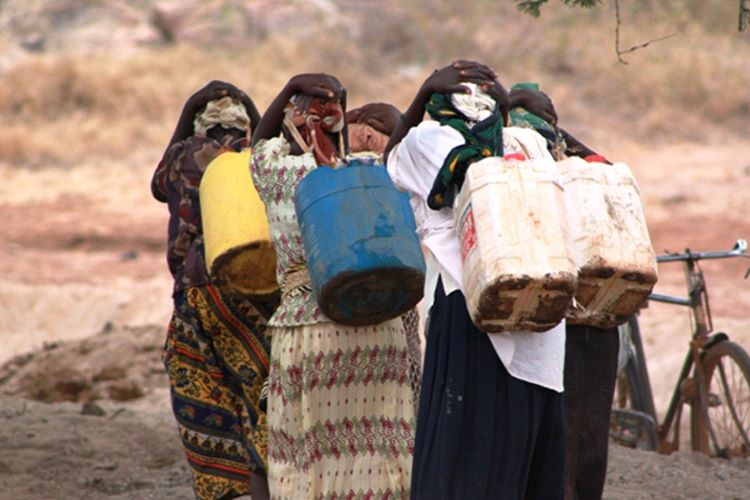Are you curious about how pastoralism drives economic and social stability in Arid and Semi-Arid Lands (ASAL)? These areas are often seen as harsh and inhospitable, but for centuries, pastoralist communities have thrived there, relying on livestock as their primary source of livelihood.
In this article, we’ll explore how pastoralism not only sustains ASAL economies but also promotes resilience in the face of climate change, supports livelihoods, and fosters sustainable resource management. Understanding the role of pastoralism helps shed light on how it could be harnessed to combat food insecurity, enhance biodiversity, and improve the economic fortunes of marginalized regions.
A Detailed Explanation of Pastoralism in ASAL Economies
In this article, we’ll explore the significant role that pastoralism plays in ASAL economies, discuss its cultural and economic importance, and address challenges faced by pastoralist communities today. We’ll also explore the future of pastoralism in the context of climate change and economic development.
1. What is Pastoralism?
Pastoralism refers to a way of life centered on raising livestock, such as cattle, sheep, goats, and camels, in natural rangelands. In ASAL areas, where rainfall is sparse and unpredictable, pastoralism is often the most viable form of economic activity.
A Detailed Explanation: Pastoralism in ASAL economies is more than just a method of animal husbandry; it is a sustainable livelihood that has evolved to match the ecological conditions of arid and semi-arid lands. With over 40% of Africa’s landmass classified as ASAL, pastoralism supports millions of people by offering flexibility in mobility and resource use. By moving herds seasonally to follow the rains, pastoralists maximize limited natural resources and reduce the environmental pressure in one specific area.

2. Economic Contribution of Pastoralism
Pastoralism plays a crucial role in the economies of ASAL regions. It contributes to GDP, employment, and foreign exchange earnings through the sale of livestock and livestock products such as meat, milk, hides, and skins. In Kenya, for example, the livestock sector contributes approximately 12% of the GDP, with ASAL regions being central to this production.
In addition, pastoralism enhances food security in regions prone to drought. Livestock is a form of wealth storage and social security for many families, providing a buffer against climate shocks and economic downturns.
3. Cultural and Social Importance
For pastoralist communities, livestock are not just an economic resource; they hold cultural, social, and spiritual significance. Livestock often symbolize wealth, status, and identity, and are used in cultural practices such as marriage, dowry payments, and rites of passage.
The communal management of grazing lands also fosters a sense of cooperation and social cohesion among pastoralists. This structure supports the sharing of resources during tough times, ensuring that the community as a whole can survive prolonged dry spells.
4. Challenges Facing Pastoralism in ASAL Regions
Despite its benefits, pastoralism in ASAL economies faces significant challenges:
- Climate Change: Prolonged droughts and changing rainfall patterns have made it more difficult for pastoralists to access adequate grazing land and water sources.
- Land Degradation: Overgrazing, deforestation, and poor land management have contributed to the degradation of natural resources in ASAL regions, threatening the sustainability of pastoralist livelihoods.
- Conflict and Insecurity: Competition for scarce resources, such as water and grazing land, has led to conflicts between pastoralist groups and neighboring agricultural communities. These conflicts are often exacerbated by political instability and weak governance structures.
5. Sustainable Pastoralism: A Path Forward
To address these challenges, several sustainable pastoralism initiatives have been developed. These initiatives promote better management of rangelands, improved access to markets, and the adoption of climate-smart practices. For example:
- Community-based Rangeland Management: Involves local communities in the decision-making process, ensuring that grazing areas are used sustainably and regeneratively.
- Diversification: Encourages pastoralists to diversify their livelihoods by integrating other activities, such as small-scale farming, beekeeping, and eco-tourism.
- Policy Support: Governments and NGOs are increasingly recognizing the importance of pastoralism and are developing policies that protect pastoralists’ access to land, water, and markets.
6. Climate Change and Pastoralism

As climate change intensifies, the importance of resilient livelihoods like pastoralism grows. The adaptive nature of pastoralism allows communities to adjust to climate variability, but stronger support systems are needed to help them cope with extreme weather events.
Here’s everything else you need to know: Sustainable interventions, policy reforms, and enhanced cooperation between governments, NGOs, and communities will be key to protecting pastoralism as a vital economic activity in ASAL regions.
How Maji Na Ufanisi (MNU) Supports Pastoralism in ASAL Economies
Maji Na Ufanisi has been a key player in promoting sustainable livelihoods in ASAL regions through its water, sanitation, and hygiene (WASH) interventions. By providing clean and safe water sources, MNU helps pastoralist communities access the resources they need for their livestock, which in turn supports their economic stability.
Additionally, MNU focuses on building resilience to climate change, which directly impacts pastoralist communities. Through community-based approaches, MNU empowers pastoralists to manage water resources effectively and sustainably, ensuring that they can continue their way of life in an increasingly harsh climate.
Conclusion: The Future of Pastoralism in ASAL Economies
Pastoralism remains a lifeline for millions of people living in ASAL regions, providing them with food, income, and social security. However, to fully realize its potential, more must be done to address the challenges posed by climate change, land degradation, and conflict. By supporting sustainable pastoralism, we can ensure that these communities continue to thrive in some of the world’s most challenging environments.
FAQs
- What is ASAL?
ASAL stands for Arid and Semi-Arid Lands, characterized by low rainfall and extreme climatic conditions.
- Why is pastoralism important in ASAL regions?
Pastoralism is vital in ASAL regions because it provides livelihoods, enhances food security, and supports the local economy.
- How does climate change affect pastoralism?
Climate change affects pastoralism by reducing the availability of water and grazing lands due to prolonged droughts and changing rainfall patterns.
- What challenges do pastoralists face?
Pastoralists face challenges such as climate change, land degradation, conflicts over resources, and limited access to markets.
- How do pastoralists adapt to harsh climates?
Pastoralists adapt to harsh climates by moving their livestock seasonally, practicing communal land management, and adopting climate-smart practices.
- Can pastoralism be sustainable?
Yes, sustainable pastoralism involves better management of rangelands, diversification of livelihoods, and policy support to protect access to resources.
- What is the economic contribution of pastoralism?
Pastoralism contributes to GDP, employment, and foreign exchange earnings, especially through livestock products like meat, milk, and hides.
- How does Maji Na Ufanisi support pastoralism?
Maji Na Ufanisi supports pastoralism by providing clean water sources, building resilience to climate change, and empowering communities to manage resources sustainably.
- Why is communal management important for pastoralists?
Communal management fosters cooperation, ensuring that scarce resources like water and grazing land are shared equitably.
- What is the future of pastoralism?
The future of pastoralism depends on addressing challenges such as climate change and land degradation, and supporting sustainable practices that enhance resilience.


